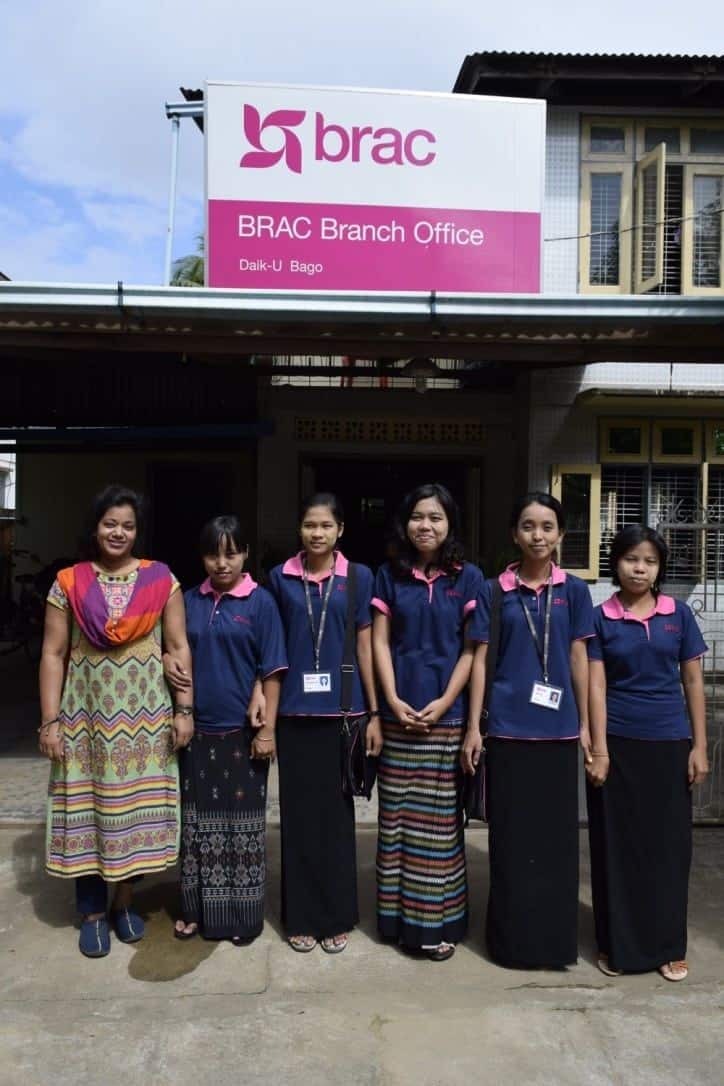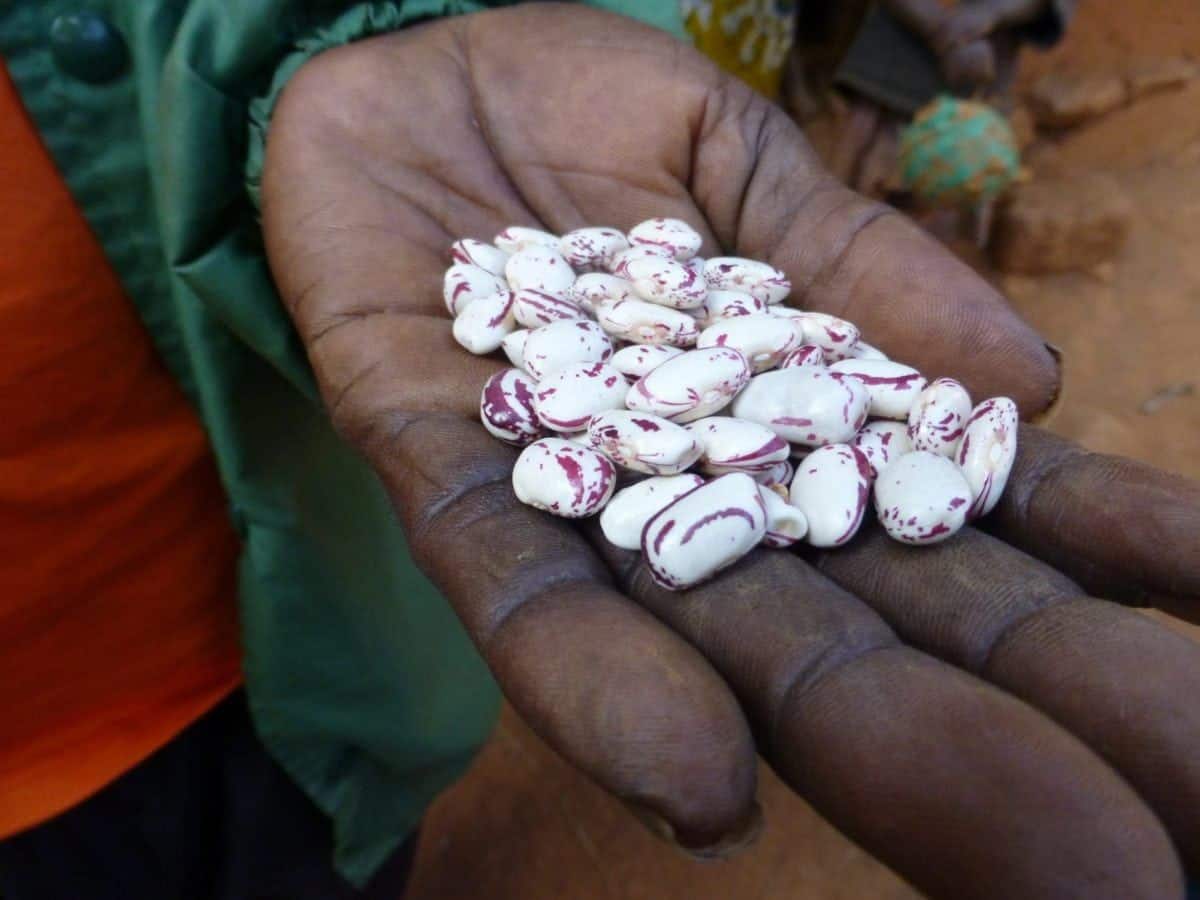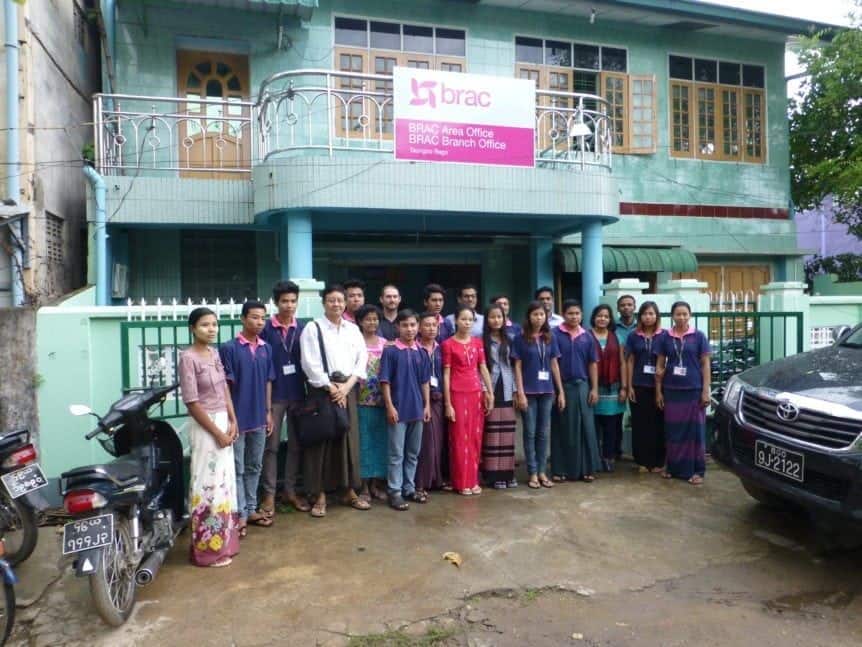If microfinance is so effective, then why hasn’t the industry put informal moneylenders out of business?
This is the question that a recent paper, Microfinance for poverty alleviation: Do transnational initiatives overlook fundamental questions of competition and intermediation? in Transnational Corporations and accompanying blog set out to find the answer to. Frithjof, Ardisa and Ardisa, the authors of the original paper, use the approach of examining other market players in Indonesia, rather than a specific microfinance program, to get their insights.
To take the conversation forward, I wanted to point out a few strategies and programs that Whole Planet Foundation and our microfinance partners implement to address these concerns.
Informal and Formal Finance Structures
The authors of the study referenced above identify the existence of different types of informal finance and explore how these various informal finance players thrive in Indonesia despite the prevalence of low-cost microcredit. They suggest that some elements of informal finance should be more widely integrated into formal finance.
Most people are familiar with the idea of a loan shark. However, another less well-known actor in the informal finance space is an “intermediary.” This would essentially be a small business owner who borrows an amount in excess of what s/he needs for her own business from a microfinance program. Then she lends out the extra money to others in the community. The researchers found that this can occur when the poorest/smallest entrepreneurs are unable to access the credit directly from the microfinance institution (MFI), potentially because they lack the necessary documents. And the process is facilitated by MFI credit officers, who are often not well trained or are incentivized to provide loans only to non-risky clients they are confident will repay.
Choosing Our Partners
I see how this situation could occur at an MFI with no social mission, weak management and incentives that do not align with a stated mission. However, all of Whole Planet Foundation’s microfinance partners are specifically chosen because of their pro-poor methodology, which includes offering products that are inclusive and accessible to the poorest entrepreneurs. Significantly, our due diligence analysis of our partners does not just include the MFI’s mission statement, but an analysis of how the MFI’s loan processes, HR incentives and overall management align.
It takes a strong social mission, as well as policies that reinforce this mission, management and staff trained to implement to avoid a situation where informal financial intermediaries might flourish among the MFI’s clients.
Some of the questions WPF asks during our team’s due diligence visits include:
- What is the system to identify low income community members to join the microfinance program?
- Does field staff visit the home and/or business of a client to determine repayment capacity and business plan?
- Does field staff verify that the MFI loan has been used for the stated purpose?
- Is there an internal audit department & does it report directly to the board?
- Are field offers incentivized for portfolio value & repayment rate alone?
- How does field officer salary compare to average GDP?

Staff at the Daik-u Bago branch of BRAC Myanmar.
Systems for Success
In Indonesia, WPF partners with KOMIDA. This social MFI has done significant work on their social performance management (SPM), specifically integrating social performance targets across all of their departments and aligning loan products, operations, and services with their social mission. For example, KOMIDA is targeting clients who doesn’t have access to financial services, supporting their clients to have financial literacy through the financial education, and training staff about social performance competency. One specific strategy to prevent field staff from becoming informal finance intermediaries is to evaluate evaluates staff attitude in line with the organizational vision, mission and values and not their portfolio performance alone. To learn more about some of these programs and best practices, please visit my previous blog about our microfinance partner KOMIDA in Indonesia and their commitment to creating the best programs for their borrowers.
Another excellent example of a social MFI with strong management is Whole Planet Foundation’s microfinance partner BRAC Myanmar Microfinance Company Limited. The organization leverages the expertise from their largest operation in Bangladesh to immediately scale up credit programs in a systematic and controlled manner. This means programs such as internal audits, human resources and a network of regional management is in place from the beginning. As the organization develops, these roles are increasingly transferred back to host country nationals who have been trained. The well detailed loan procedures and trained field staff at a partner like BRAC Myanmar Microfinance Company Limited would make it very difficult for an informal financial intermediary to operate.
Trade-Financiers
In addition to loan sharks and informal finance intermediaries, a trade-financier is another actor who operates in the informal finance sector. These are typically small businesses who might provide free seeds and fertilizers at the beginning of a season, and their customer must repay at harvest by agreeing to sell a certain amount of their harvest back to the trade-financer (typically below market price). Given that these arrangements are usually much more expensive than a microloan for the clients, the authors of the study try to understand – why are the trade-financiers still in business?
Their conclusion is that the trade-financiers are providing valuable services beyond that of a typical MFI – services like the farm inputs and guaranteed markets. On the other hand, the clients likely do not fully understand how much they are paying for the services of the trade financier since the arrangement is not presented in a clear way, stating the loan amount plus interest amount. The researchers’ solutions to these problems are twofold: increased emphasis on financial literacy and a ramping up by microfinance providers of these “credit plus” services which are clearly needed by rural communities.
Microfinance, Inputs, Market Linkages, and Training
Again, Whole Planet Foundation’s socially focused partners are already doing this. Particularly in Africa, WPF has a couple of partners who have successfully combined financing with market linkages. For example, organizations like One Acre Fund in East Africa and Babban Gona in Nigeria provide not just financing but also agricultural inputs, training, and crop storage and market linkages. And unlike the trade-financiers, package cost is clearly communicated to members, along with financial literacy.

One Acre Fund provides inputs, like seeds and fertilizer, to its clients.
As the author suggests, promoting financial literacy is key so that customers can differentiate between the various forms of formal and informal finance available and compare the costs and benefits of different services. This is something that WPF’s socially focused MFI partners typically deliver alongside their provision of loans and, often, savings products.
Conclusions
Investigating concerns and considering how microfinance programs could be improved are issues of great importance to Whole Planet Foundation. The issue of informal intermediaries seems to flourish in many microfinance programs that are not well governed or managed. Trade-financiers operate in environments where clients have no other options for the farm inputs they need and/or lack the financial literacy to make a different choice. However, rather than condemn all microfinance programs based on poor management or unsophisticated products of a few MFIs, I believe it would be best to promote the many socially focused MFIs and lending programs who have tightly managed programs, specifically targeting the types of poor borrowers who are otherwise being left out. These best practices should be shared and replicated, because, as the authors state, “poverty alleviation requires more than ensuring access to microfinance.”

